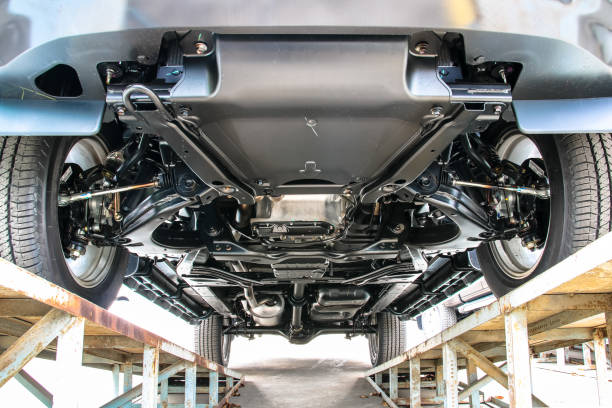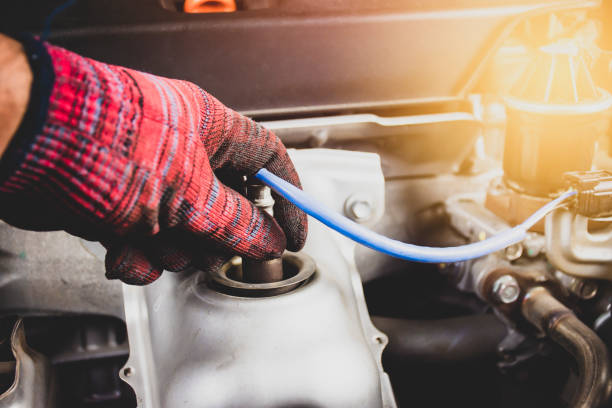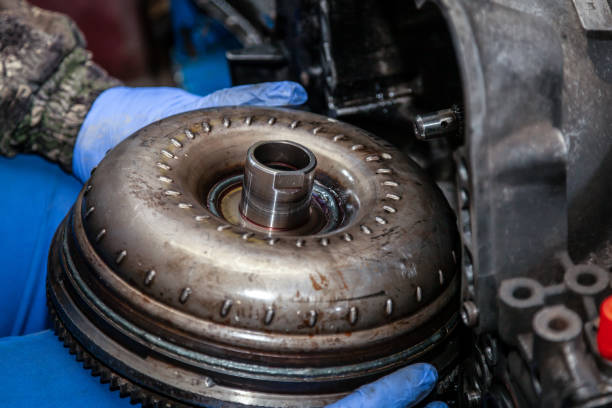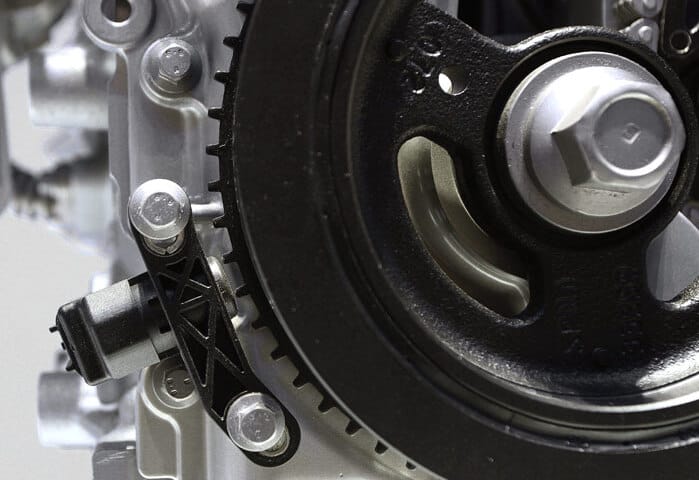
Manufacturers have loaded today’s vehicles with sensors for just about every component. But the crankshaft position sensor is one of the first sensors that manufacturers started installing in vehicles, and it’s not hard to see why.
It’s one of the most essential sensors your vehicle has, and if it goes bad, you can witness some significant problems almost immediately.
But what exactly is a crankshaft position sensor, and how do you know if you need to replace it? Just keep reading about crankshaft position sensor symptoms, and we’ll clue you in on everything you need to know.
What Is a Crankshaft Position Sensor?
The crankshaft position sensor does precisely what the name implies; it tracks the position of your engine’s crankshaft. It then reports this information to the ECU, which uses it to track engine timing and a litany of other functions.
Since your engine’s crankshaft position directly correlates to the position of each of your engine’s pistons, it’s one of the most useful inputs that your ECU has to determine when to apply fuel and maximize engine efficiency and timing.
Common Crankshaft Position Sensor Symptoms
Your crankshaft position sensor is essential, which is why you need to know that it’s in good working order. Fortunately, there’s not much you need to keep an eye on since manufacturers have made these systems pretty self-sufficient.
But if you experience any of the following symptoms, you should get your vehicle checked out as soon as possible.
Check Engine Light
This is by far the most common symptom of a faulty crankshaft position sensor. In fact, even if you are experiencing the other symptoms, you should still see a check engine light. If you don’t, you likely have more than one problem since your vehicle isn’t correctly self-diagnosing.
However, just because you have a check engine light doesn’t mean you have a faulty crankshaft position sensor. Check engine lights pop up for a litany of different issues, which is why as soon as your check engine light turns on, you should get it read to have a clearer picture of what is going on.
Most part stores like AutoZone and Advance Auto Parts will check your code for free and offer a printout of the most likely problem.
Excessive Engine Vibrations
Your vehicle’s ECU works with the crankshaft position sensor to determine engine timing. If the timing is off, you’ll often have excessive engine vibrations since the cylinders are firing at the wrong time. Not only can this vibrate your engine, but it can also cause extensive damage that can end up destroying your engine.
Engine Misfires
It’s all about the timing. If your engine is trying to fire in cylinder two while injecting fuel into cylinder four, nothing will happen. Of course, when its cylinder fours turn to fire, you might get double the fuel, which leads to all kinds of issues. With a faulty crankshaft position sensor, you’ll likely get an engine that runs terribly.
Slow Engine Response
Sometimes the crankshaft position sensor is only a little slow as it starts to fail. If that’s the case, fuel injection and overall engine timing will be just a notch behind. While this will make your engine run terribly, the most significant thing that you might notice is that you’ll have a slow engine response.
But the longer the problem goes on, the worse it will get. You’ll also be more likely to cause further damage the longer you wait to replace the sensor.
Engine Stalling/Backfiring
If your crankshaft position sensor is entirely out of whack, you might have trouble keeping the engine running. Even if you do get it to run, poor engine performance might plague you with a ton of backfire, and you might even have trouble getting it started.
If your faulty crankshaft position sensor has reached this point, you should stop trying to run your engine immediately and replace the component as soon as possible. If you keep running the vehicle with an excessively faulty crankshaft position sensor, further damage will occur.
Can You Drive with a Faulty Crankshaft Position Sensor?
Typically, you can drive for short distances with a faulty crankshaft position sensor. However, the longer you drive with a defective sensor, the more likely you are to cause further damage. Even worse, the longer the sensor is broken, the more likely it is to fail completely.
If you have a completely broken crankshaft position sensor, you will struggle to keep your vehicle running, and additional damages will occur.
How Much Does It Cost to Replace a Crankshaft Position Sensor?
As far as sensors go, crankshaft position sensors are relatively cheap. If you’re looking to replace the sensor yourself, you might be able to get one for as little as $50, depending on what you drive. On the other end of the scale, more expensive crankshaft position sensors can cost up to $150.
Meanwhile, if you’re paying for a mechanic to replace the sensor for you, labor costs usually range between $100 and $150. So, overall, it will typically cost you between $150 and $300 for a mechanic to replace your crankshaft position sensor and between $50 and $150 if you do it yourself.
How Hard Is It to Replace a Crankshaft Position Sensor?
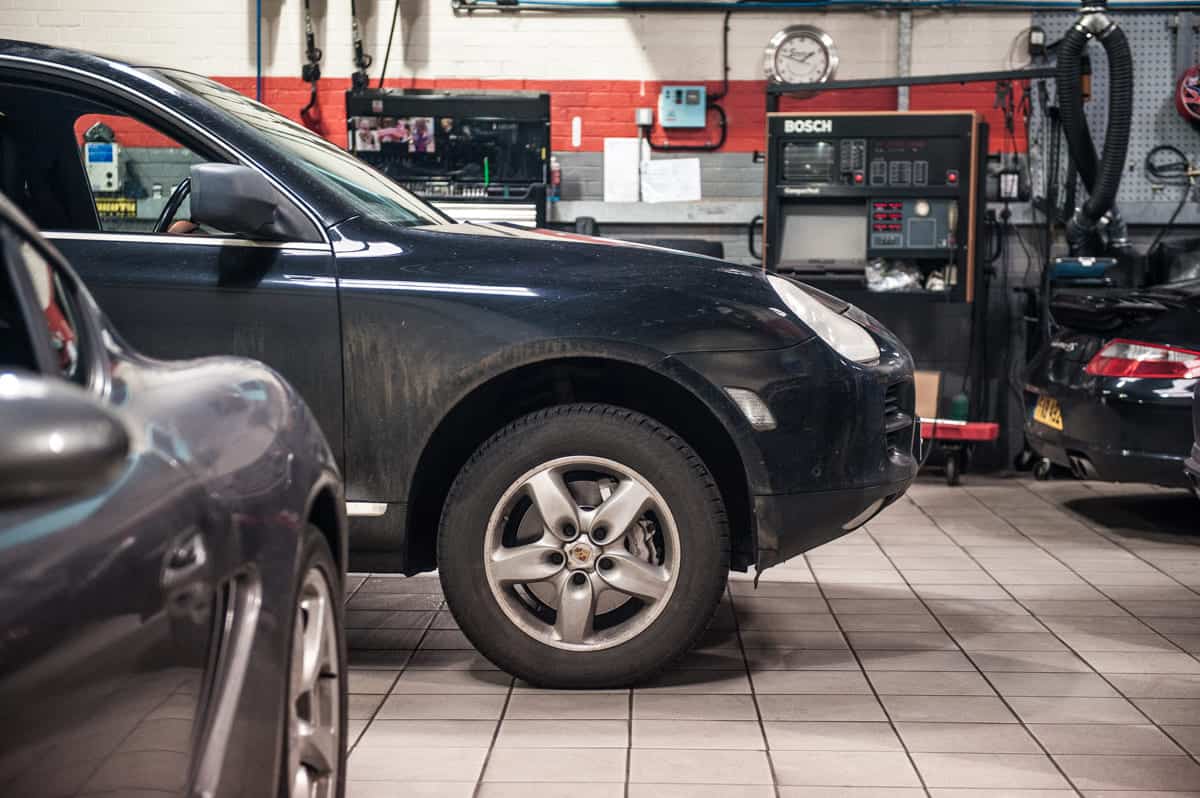
If you can swap out the sensor yourself, you can save yourself over $100, but how hard is it to replace?
Truthfully the answer depends on what you drive. Sometimes the sensor is easy to get to, and other times you’ll need to remove multiple components just to reach it. However, if you can get to the sensor, replacing it is easy. Below is a step-by-step guide to replace the sensor yourself and save $100.
1. Disconnect the Battery
Before you mess with any electrical components on your vehicle, you need to disconnect the battery. This is because your vehicle has tons of electrical components. As soon as you start plugging in and unplugging components, the risk for static electricity to surge different systems always exists.
A quick electrical surge can cost you hundreds of dollars. Play it safe and disconnect the negative battery terminal and let it sit for at least 10 minutes before proceeding.
2. Locate the Sensor
If you haven’t already tracked down the sensor, now is the time to do so. It’s going to be located towards the bottom of your engine. If you can’t find it, a quick Google search should highlight its position for you. It might not be easy to reach, and you might have to remove several other components to gain access to it, but the less you remove, the better.
3. Disconnect the Electrical Connector
Crankshaft position sensors have quick disconnect electrical connectors supplying them with power. Disconnect the wiring by releasing the pull tab and gently pulling the connector out. Be sure not to pull on the wiring as you don’t want to cause any further damage.
4. Remove the Mounting Bolt
Once you’ve disconnected the electrical connector, you’ll need to remove the mounting bolt holding the sensor against the engine. Typically, it’s only one bolt, and the exact size will vary from manufacturer to manufacturer. It’s not uncommon to see mounting bolts that use Torx bits or hex head sockets as well.
5. Remove the Sensor
Once you have removed the mounting bolt, you can gently remove the sensor. Corrosion and rust might have jammed it into place; if that’s the case, you’ll need to twist the sensor as you pull to remove it.
6. Install the New Sensor
Once you have the old sensor out, it’s time to install the new one! Make sure that the mounting bolt will line up after you install the sensor. Otherwise, you’ll need to remove the sensor again to install it the correct way.
7. Reattach the Electrical Connector
Once you’ve installed the mounting bolt, it’s time to reconnect the power. Plug in the electrical connector; you should hear it snap into place. If you don’t hear the snap, try gently removing the connector. If it’s stuck in place and you can’t remove it without pulling the release tab, then you’re good to go!
8. Reconnect the Battery
The final step is to reconnect the battery. Since you disconnected the battery, you already reset the entire system, and you should be good to go! Simply start up your engine and see if the check engine light is gone. If it is, you’ve fixed the problem. If not, the sensor wasn’t your problem to begin with.
Summary
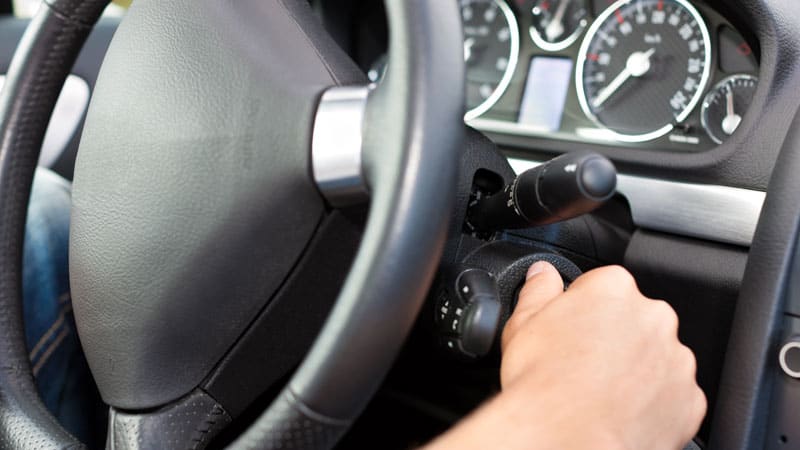
With modern cars, it’s easy to feel like there are too many sensors and electrical components. While it might seem that way in the heat of the moment because things aren’t working correctly, the truth of the matter is that sensors have improved our vehicles in a multitude of different ways.
And while it might be frustrating to replace small electrical components, they are far easier for even the least mechanically inclined individuals to replace than trying to manually time an engine yourself.





